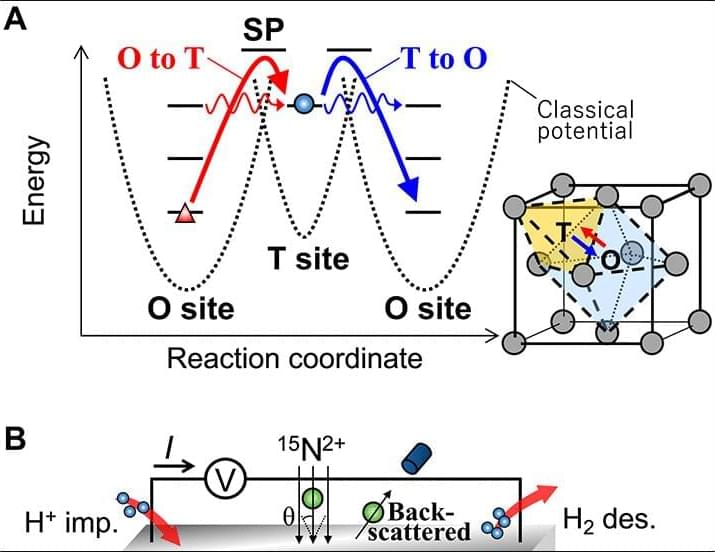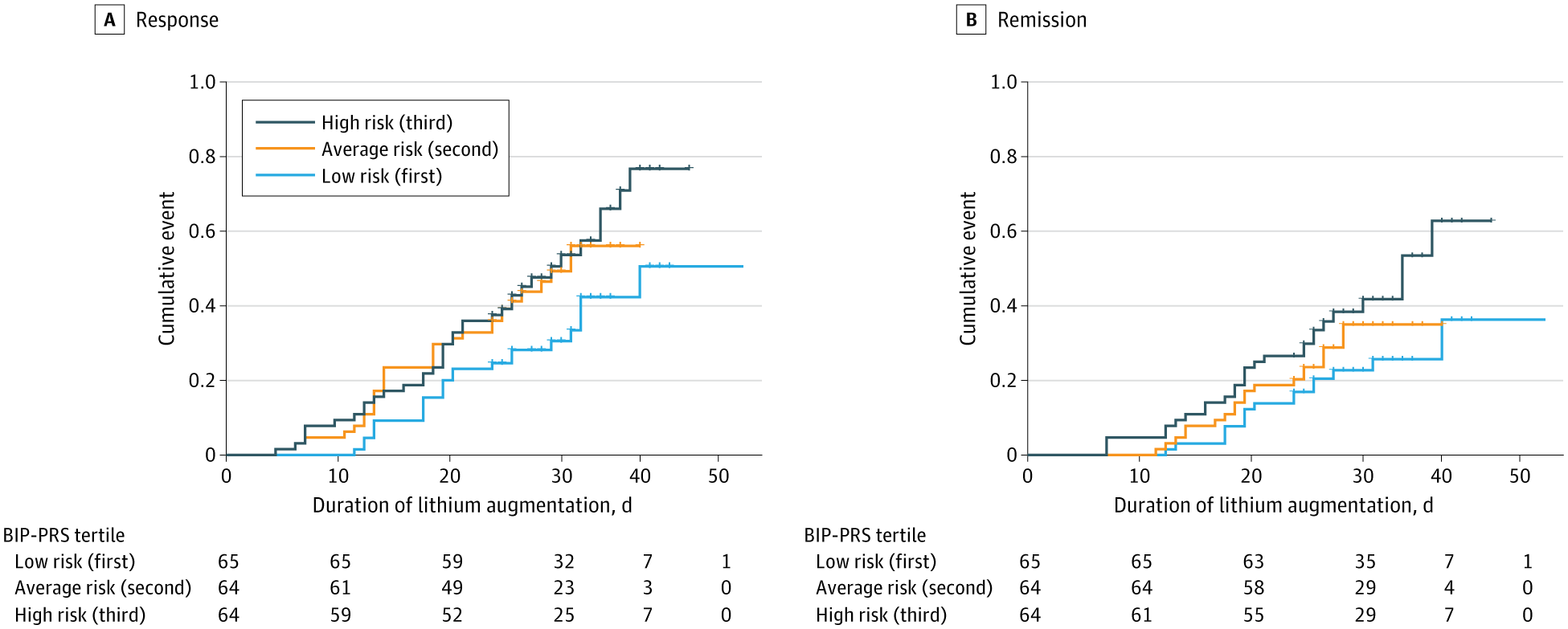Through the actuation of vibronic modes in cell-membrane-associated aminocyanines, using near-infrared light, a distinct type of molecular mechanical action can be exploited to rapidly kill cells by necrosis. Vibronic-driven action (VDA) is distinct from both photodynamic therapy and photothermal therapy as its mechanical effect on the cell membrane is not abrogated by inhibitors of reactive oxygen species and it does not induce thermal killing. Subpicosecond concerted whole-molecule vibrations of VDA-induced mechanical disruption can be achieved using very low concentrations (500 nM) of aminocyanines or low doses of light (12 J cm-2, 80 mW cm-2 for 2.5 min), resulting in complete eradication of human melanoma cells in vitro. Also, 50% tumour-free efficacy in mouse models for melanoma was achieved. The molecules that destroy cell membranes through VDA have been termed molecular jackhammers because they undergo concerted whole-molecule vibrations. Given that a cell is unlikely to develop resistance to such molecular mechanical forces, molecular jackhammers present an alternative modality for inducing cancer cell death.
© 2023. The Author(s), under exclusive licence to Springer Nature Limited.







